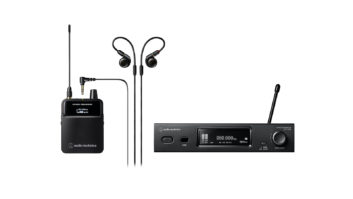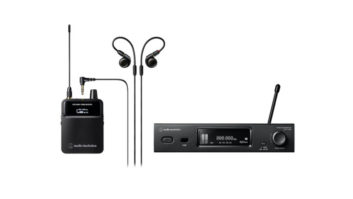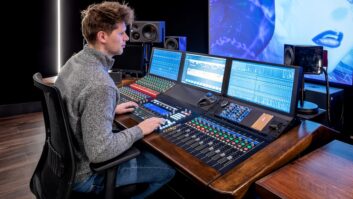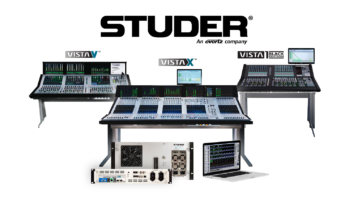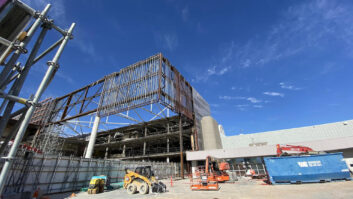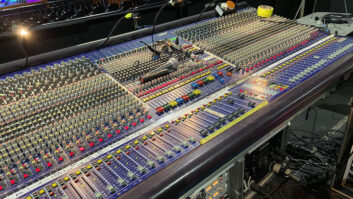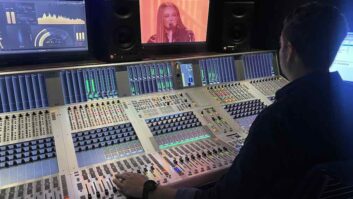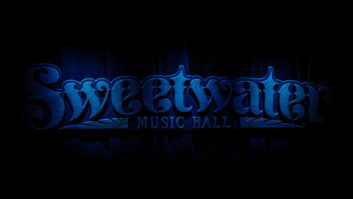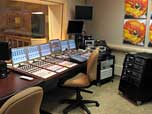
CBC Montreal has put the finishing touches on a physical remodel of its Studio 17, which is utilized to provide French language programming for several stations on the Radio-Canada network. Capping off the simultaneous equipment retrofit is a new 30-fader Studer OnAir 3000 Modulo console mounted in a custom desktop and located in the on-air studio’s control room.
Studio 17 is perhaps best known as the setting for Montreal’s popular four-hour weekday morning show, C’est Bien Meilleur Le Matin, which airs locally on 95.1 FM, the news and public affairs frequency of the CBC French network. The studio is also called upon to provide various content for the more culturally oriented 100.7 FM, including a three-hour musical performance program every Sunday.?
According to Gaston Robitaille, CBC Montreal’s chief of operations, the decision to go with the OnAir 3000 was an easy one. “Most of our studios are equipped with Studer 963 desks, plus we have a couple of OnAir 2000s, so we are intimately familiar with Studer’s outstanding reliability and support,” he says. “Also, the OnAir 3000 in many respects shares the operational philosophy of the 2000, which allowed us to smoothly train our techs – and we have nearly 100 of them – on using the console. It’s really been a very simple transition for them and they’re all impressed with what this new console can do.”
Despite the short amount of time that the OnAir 3000 has been in use, Robitaille has already seen it improve the studio’s efficiency. “On a live broadcast, the engineer needs to be able to access console functions and parameters very quickly without having to dig through pages of menus. This desk provides immediate access to many controls, much like an analog console would, and the touchscreens are extremely fast and easy to use. The OnAir 3000 really streamlines the technical operation of the studio.”
The console was integrated into Studio 17 just prior to the end of the previous season in late June, which has freed the space up for other productions over the past month and a half. However, Robitaille points out that the morning crew is anxious to get back in and use the new Studer. “The production team likes the console so much that they were actually requesting to start the new season a week earlier than usual,” he laughs. “That gives you an idea of how much everyone here loves it.”
Incorporating the patented “Touch’n’Action” concept of the highly successful Studer OnAir 2000 – this time with color GUI screens – the OnAir 3000 design is based on a completely modular desk and new fan-less S-Core DSP engine. The standard fader module is comprised of six channel strips, and up to eight modules may be fitted, providing a maximum console size of 48 faders. Layout options range from a highly comprehensive engineer-operated continuity console to a single fader panel for DJ and newsroom use, or even a PC-operated system with no physical desk controls.??The console offers three main stereo mix buses (PRG A, PRG B and REC) plus an audition facility, four stereo aux buses, 16 mix-minus sends configurable as auxes and three independent studio monitoring/talkback circuits, including two PFL circuits for split desk operation. Individual channels are each equipped with four-band parametric EQ, full dynamics (limiter, compressor, expander, gate), de-esser, HPF and comprehensive input/output routing.
For more information on Studer, visit www.studer.ch.
